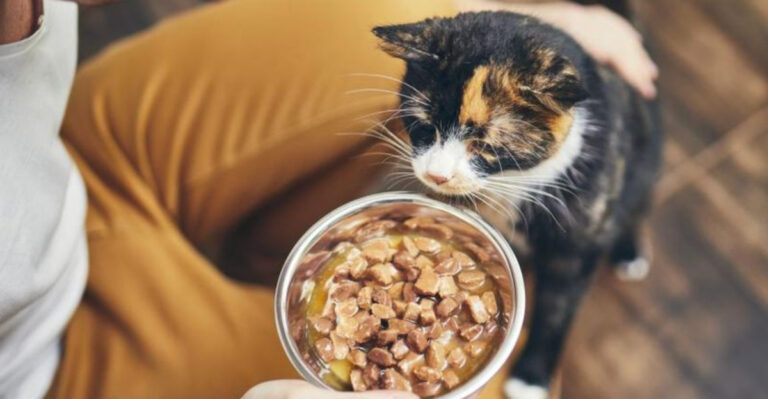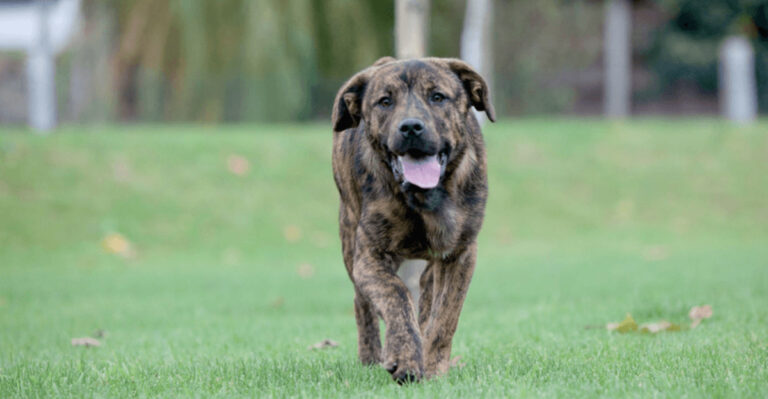13 Eco-Friendly Habits Every Responsible Dog Owner Should Embrace
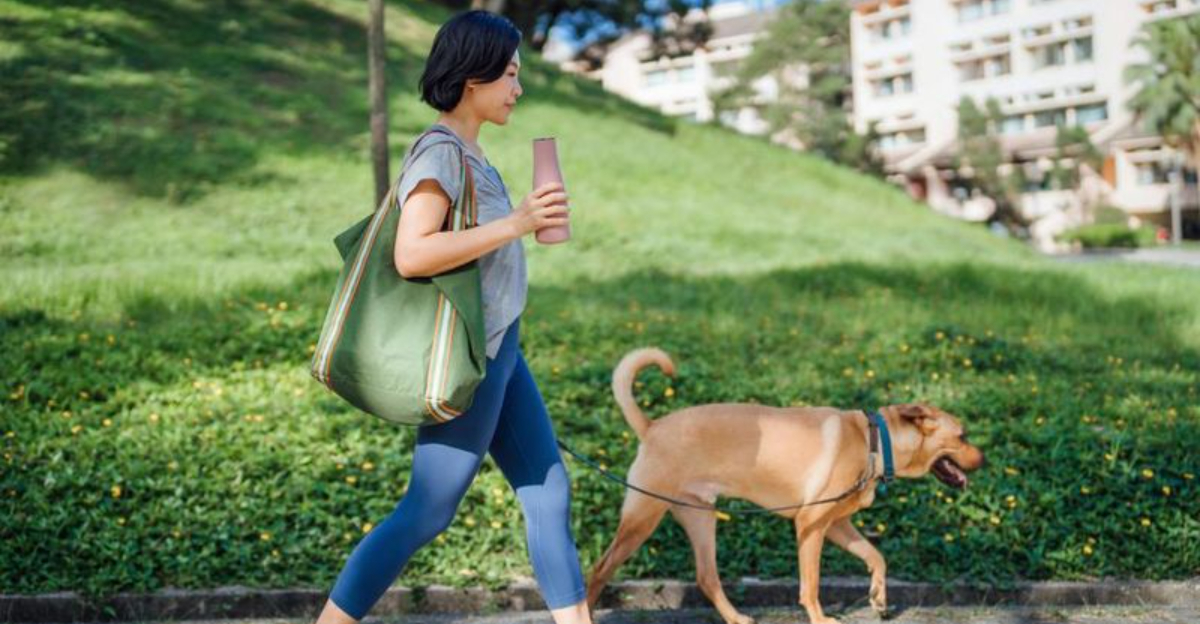
Our furry friends bring endless joy to our lives, but their environmental pawprint can be bigger than we realize. As dog owners, we have the power to make choices that protect the planet while caring for our four-legged companions.
Small changes in how we feed, clean up after, and care for our dogs can add up to a huge positive impact on the environment.
Ready to make your dog parenting more earth-friendly? Here are 13 simple habits that help both your pup and the planet thrive together.
1. Choose Biodegradable Poop Bags
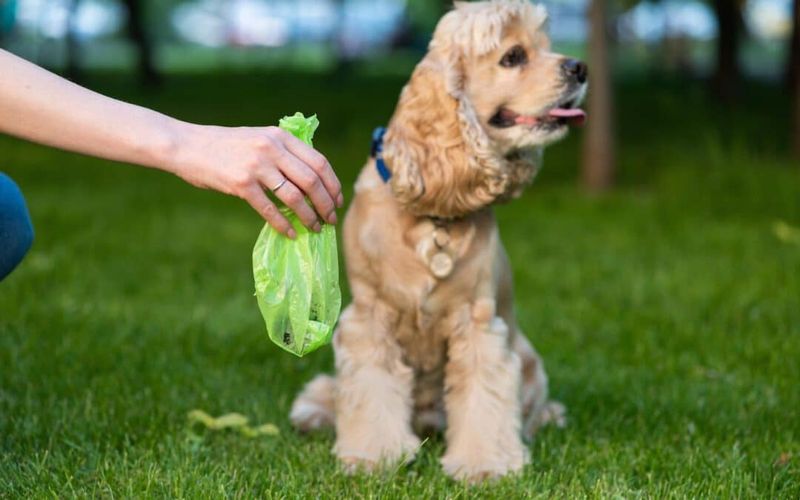
Regular plastic poop bags can take up to 500 years to break down in landfills. Switching to biodegradable or compostable options means your dog’s waste won’t leave a lasting mark on the planet.
Look for bags made from plant-based materials like cornstarch that naturally decompose within months rather than centuries. Many eco-friendly bags now come in convenient dispensers that attach to leashes.
Remember that even biodegradable bags should never be left on trails or in parks – always dispose of them properly in designated trash bins to prevent water contamination and keep public spaces clean.
2. Buy Pet Food In Bulk
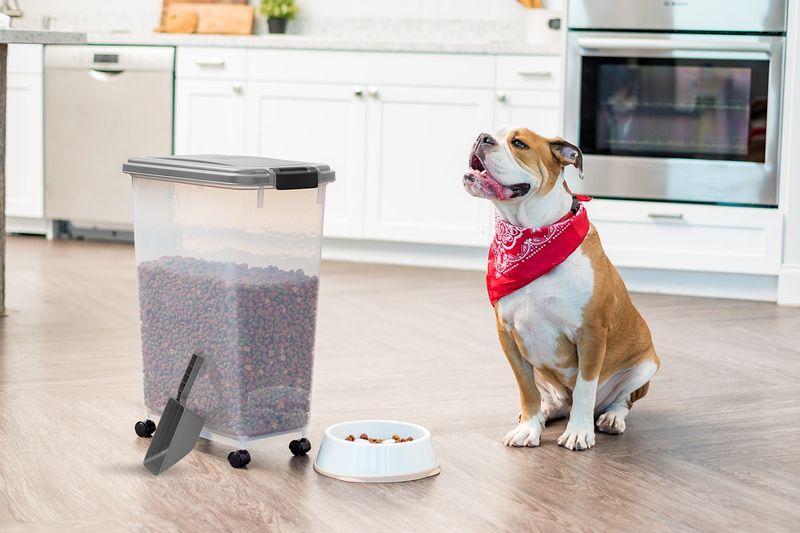
Single-serving pet food packages create mountains of waste each year. Purchasing larger bags of kibble or canned food in bulk significantly reduces packaging waste while often saving you money in the long run.
Store bulk food properly in airtight containers to maintain freshness and prevent spoilage. Many pet stores now offer loyalty programs that provide discounts on large bags, making this eco-choice budget-friendly too.
Consider brands that use recyclable packaging or offer take-back programs for their empty bags and containers, creating a closed-loop system that minimizes environmental impact.
3. Make DIY Dog Treats

Store-bought treats often come wrapped in layers of non-recyclable packaging. Creating homemade goodies eliminates this waste while giving you control over what goes into your dog’s snacks.
Simple recipes using ingredients like pumpkin, peanut butter, oats, and carrots can be whipped up in minutes. These treats can be stored in reusable containers in your refrigerator or freezer.
Homemade treats let you accommodate any special dietary needs your dog might have. Plus, the process of making them creates a fun bonding activity that many dogs seem to sense and appreciate – just watch those tail wags when the mixing bowl comes out!
4. Adopt Second-Hand Pet Supplies

New pet products require resources to manufacture and often come with excessive packaging. Gently used beds, crates, leashes, and toys can be found at thrift stores, online marketplaces, or through local pet rescue groups at a fraction of retail prices.
Many items can be thoroughly cleaned and sanitized before introducing them to your dog. Some animal shelters even hold yard sales featuring donated pet supplies, with proceeds supporting homeless animals.
Creating a network with other pet parents in your community can facilitate swapping items as your dogs grow or their needs change. This sharing economy approach keeps perfectly good pet gear out of landfills.
5. Switch To Natural Grooming Products

Conventional dog shampoos often contain chemicals that wash down drains and into waterways, potentially harming aquatic life. Natural alternatives made with plant-based ingredients biodegrade safely while still keeping your pup clean and fresh-smelling.
Look for products in recyclable packaging or, better yet, solid shampoo bars that eliminate plastic bottles entirely. Many eco-conscious brands also offer concentrated formulas that require less water and packaging.
For an ultra-sustainable approach, try making simple dog shampoo at home using castile soap, water, and a few drops of dog-safe essential oils like lavender or chamomile. Your dog’s skin and coat – and the environment – will thank you!
6. Use Sustainable Toys And Bedding
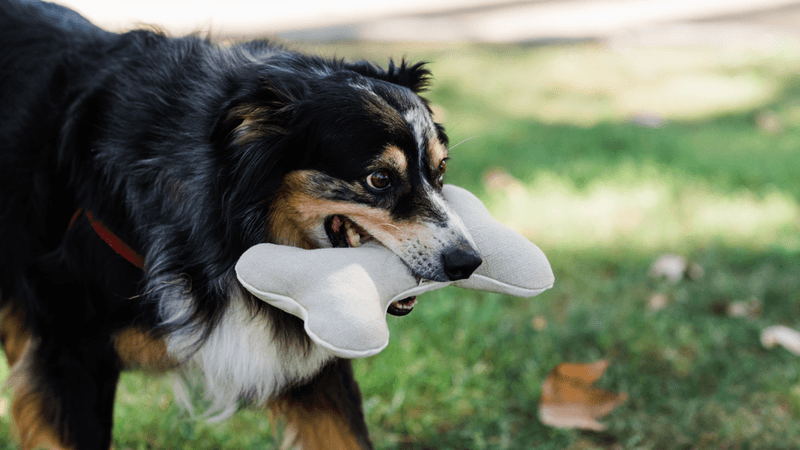
Many conventional dog toys contain plastic that eventually ends up in landfills. Hemp, natural rubber, and organic cotton toys offer durable alternatives that break down naturally at the end of their life cycle.
For bedding, look for options filled with materials like recycled polyester from plastic bottles or natural fibers such as organic cotton and hemp. Some companies now make dog beds with removable, washable covers that extend the product’s lifespan.
Wool makes an excellent sustainable bedding material – it’s naturally water-resistant, durable, and biodegradable.
For heavy chewers, toys made from sustainable wood or natural rubber provide environmentally friendly options that stand up to serious play sessions.
7. Compost Dog Hair After Brushing

Those tufts of fur from grooming sessions don’t need to go in the trash. Dog hair is nitrogen-rich and can be added to compost piles, where it breaks down and enriches soil for non-edible plants. Birds love using soft dog fur for nest building in spring.
Place small amounts in mesh bags or suet feeders hung from trees where birds can safely collect it during nesting season.
If you’re not into composting, consider donating collected fur to organizations that use animal hair to make mats that help clean up oil spills.
These innovative solutions turn what would be waste into a valuable resource that helps wildlife and ecosystems recover from environmental disasters.
8. Choose Eco-Friendly Flea And Tick Control
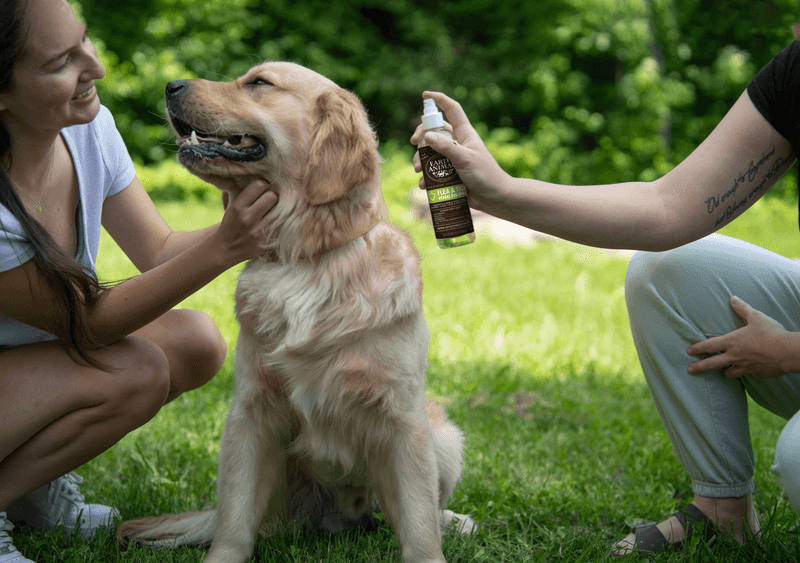
Chemical flea treatments can contain ingredients harmful to aquatic life when they wash off during swimming or bathing. Natural alternatives like diatomaceous earth, neem oil, and certain essential oils can help control parasites with less environmental impact.
Regular vacuuming and washing of pet bedding helps control fleas mechanically rather than chemically. For yards, beneficial nematodes offer a biological control method that targets flea larvae without harming beneficial insects.
Cedar chips in dog bedding areas naturally repel many insects. When chemical treatments are necessary, opt for spot treatments rather than whole-body applications to minimize the amount entering the environment while still protecting your furry friend.
9. Walk Instead Of Drive To Dog Parks

Loading up the car for a trip to the dog park creates unnecessary carbon emissions. When possible, incorporate your dog’s exercise into your own by walking to nearby parks or recreational areas.
For destinations slightly farther away, consider biking with your dog using special attachments designed for safe dog transportation. These options provide excellent exercise for both of you while eliminating vehicle emissions.
Walking different routes through your neighborhood exposes your dog to new scents and experiences, often providing as much mental stimulation as a dog park visit. The reduced carbon footprint is a bonus that adds up significantly over your dog’s lifetime.
10. Plant A Dog-Friendly, Native Garden

Synthetic fertilizers and pesticides used in traditional lawns can harm dogs and wildlife. Creating a yard with native plants eliminates the need for these chemicals while providing a naturally enriching environment for your pup to explore.
Native plants require less water once established, reducing resource consumption. Research dog-safe native species for your region that can withstand some trampling and provide sensory enrichment through different textures and scents.
Consider designating a “digging zone” filled with loose soil where your dog can satisfy natural digging instincts without destroying your garden.
This compromise keeps both your landscape and your four-legged friend happy while supporting local ecosystems.
11. Collect Rainwater For Dog Baths
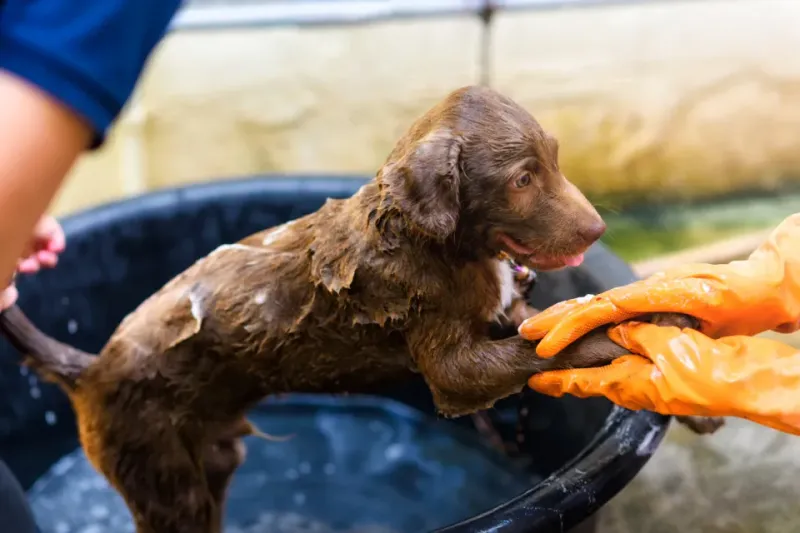
Dog baths use gallons of water that often comes from municipal systems requiring energy-intensive treatment. Setting up a simple rain barrel system captures free water perfect for outdoor dog washing during warmer months.
Rainwater lacks the chlorine and other chemicals found in tap water, making it gentler on your dog’s skin and coat. During droughts or water restrictions, having this alternative source can be especially valuable.
Make sure your collection system includes a secure cover to prevent mosquito breeding and keep curious dogs from drinking stagnant water.
The collected water can also be used for cleaning outdoor dog areas or watering your pet-friendly garden.
12. Spay Or Neuter Your Dog

Unplanned litters contribute to pet overpopulation, putting strain on animal shelters and community resources. Beyond preventing unwanted puppies, spaying and neutering reduces your dog’s environmental pawprint by limiting resource consumption associated with additional pets.
Many communities offer low-cost spay/neuter programs to make this responsible choice accessible to all pet owners. These procedures often provide health benefits to dogs, including reduced risk of certain cancers and behavioral problems.
The environmental impact of pet overpopulation extends to increased shelter energy use, food production, and waste management.
By preventing unplanned litters, you’re making one of the most significant eco-friendly choices possible as a dog owner.
13. Support Eco-Conscious Pet Businesses
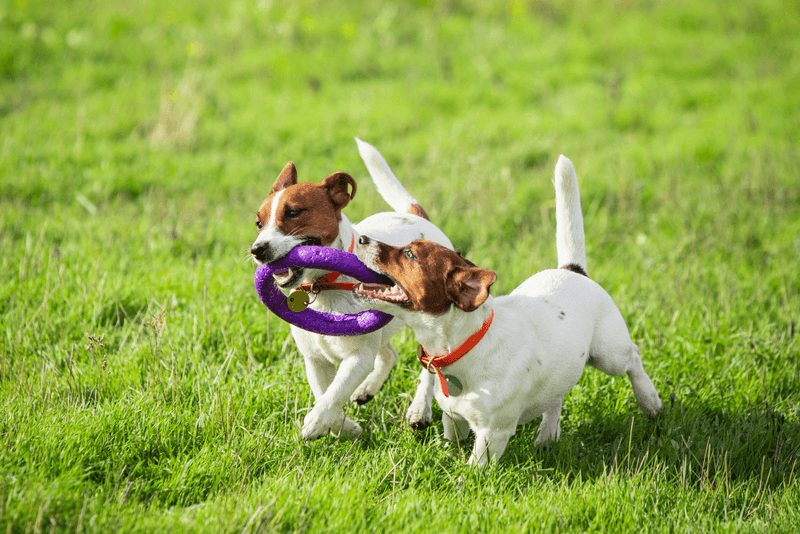
Your purchasing power sends powerful signals to the pet industry. Seeking out companies with sustainable practices – like those using renewable energy, offering plastic-free packaging, or donating to environmental causes – helps drive positive change throughout the market.
Local pet stores often have smaller carbon footprints than large chains due to shorter supply chains. Many small businesses are also more nimble in adopting eco-friendly practices and carrying sustainable products.
Read labels and research brands before buying. Companies truly committed to sustainability will provide transparent information about their sourcing, manufacturing, and packaging practices rather than relying on vague “green” marketing claims without substance.


